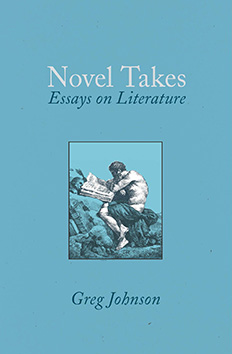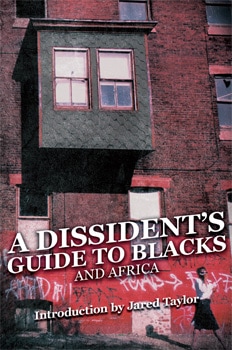Pentagon Reviewing 20 Medal of Honor Awards Given to Soldiers at the Wounded Knee Massacre
Konstantin Toropin, Military.com, July 24, 2024
Defense Secretary Lloyd Austin has directed a five-person panel to review the 20 Medals of Honor that the Army awarded to soldiers for their actions at the Battle of Wounded Knee in South Dakota on Dec. 29, 1890.
A senior defense official who spoke exclusively with Military.com on Monday said that the goal is “to ensure no soldier was recognized for conduct that did not merit recognition under the standards applicable at that time,” such as attacking noncombatants and those who have surrendered, or the murder or rape of a prisoner.
The events of Wounded Knee took place along a creek that lends its name to the massacre on the Pine Ridge Reservation in the southwest corner of South Dakota. While the events of that day are sometimes described as a battle, in fact the U.S. Army — amid a campaign to repress the tribes in the area — killed hundreds of unarmed members of the Lakota Sioux tribe, including many women and children, while attempting to disarm Native American fighters who had already surrendered at their camp.
The review is hardly the first to consider revoking the military’s highest award for gallantry from troops who were given the award in the past. However, the review of the awards for Wounded Knee itself is the result of several years of lobbying and pressure from Congress, the South Dakota legislature, and native tribal leaders.
“It’s never too late to do what’s right, and the right thing is to go back and review those medals in the context of the engagement at the time and in consideration of the standards at the time and ensure that none of those medals were awarded for conduct that did not merit recognition,” the senior defense official said.
While there is dispute over the exact details of what prompted the violence in December 1890, it’s broadly agreed that shots started flying after two soldiers tried to take away a warrior’s rifle. A scuffle ensued, and the gun went off.
When the dust settled, more than 300 Lakota — the vast majority of whom were women and children — were dead. The actions of the Army soldiers that day are often described as a “massacre” that became one of the deadliest acts of violence against Native Americans by U.S. troops.
More recently, some scholars have argued it could be considered the deadliest mass shooting in American history. Regardless of the terminology, the event and the site continue to be the focus of protest and anger into the modern day.
After the action, government leaders decided to award the nation’s highest military commendation to some of the soldiers. Most of the awards went to members of the Seventh Cavalry regiment.
Some of the citations included in the memo provided to Military.com praise the soldiers for “extraordinary gallantry” or “conspicuous bravery in action against Indians concealed in a ravine.” The unit’s coat of arms to this day still features the head of a Native American chief to “commemorate Indian campaigns,” according to the military’s Institute of Heraldry.
{snip}















